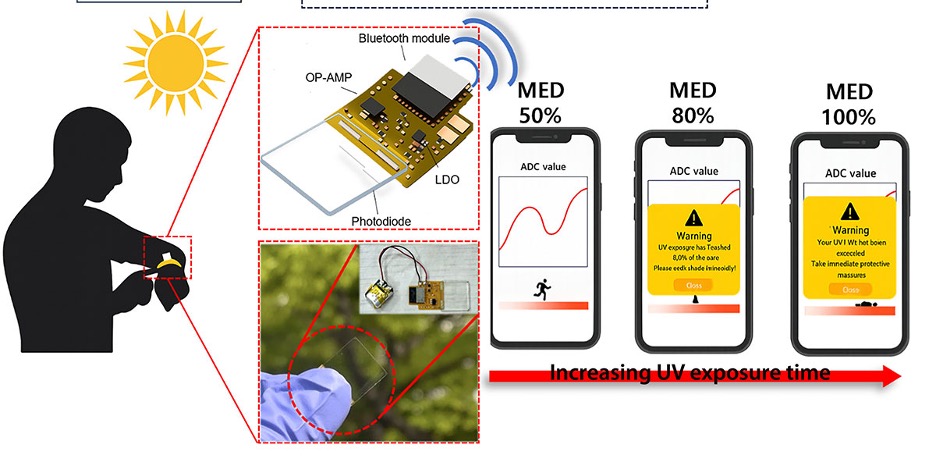
Maxim Integrated Products is helping the wearable industry with its ultra-small, low-power sensors that deliver clinical-grade accuracy. Designers creating next-generation wearable health and fitness applications can reduce temperature measurement power by 50% with the MAX30208, as well as shrink optical solution size by 40% with the MAXM86161 from Maxim. Additionally, the MAXM86161 can improve both sensitivity and accuracy with the highest signal-to-noise ratio (SNR).
Related Maxim Develops New Wrist Worn Platform For Developers to Create Highly Accurate Health Wearables
“Wearable devices continue to gain market traction, with global revenue now estimated to grow from $56.4 billion in 2019 to $78.3 billion by 2022 at a 4-year compound annual growth rate (CAGR) of 13 percent,” said James Hayward, principal analyst at IDTechEx Research. “Major growth drivers include additional value captured in the growth and evolution of products such as smartwatches and ear-worn products, alongside the adoption of dedicated wearable devices in key healthcare verticals.”
To deliver usefulness, wearable health and fitness monitors need to have greater accuracy in measuring health data such as body temperature and heart rate. However, device designers have been limited by sensor accuracy for small, battery-powered, body-worn devices. Maxim’s two new continuous-monitoring body sensors provide higher degrees of accuracy in measuring vital signs such as temperature, heart rate and blood-oxygen saturation (SpO2), Maxim Integrated said in a press release.

Key Advantages of Maxim’s Health Sensors
The MAXM86161 in-ear heart-rate monitor and pulse oximeter is the market’s smallest fully integrated solution that delivers highly accurate heart-rate and SpO2 measurements from hearables and other wearable applications. It is optimized for in-ear applications with its industry-leading small package size (40 percent less than the closest competitor) and best-in-class SNR (3dB improvement with band limiting signal for PPG use cases compared to closest competitor). MAXM86161 delivers approximately 35 percent lower power to extend battery life of wearables.
Related Graphene-Based Sensors Detect Diabetic Foot Ulcers Before They Cause Injury
The MAX30208 digital temperature sensor delivers clinical-grade temperature measurement accuracy (±0.1°C) with fast response time to changes in temperature. It also meets the power and size demands of small, battery-powered applications such as smartwatches and medical patches.
Pricing and Availability
The MAXM86161 is available at Maxim’s website for $4.41 (1000-up, FOB USA); also available from authorized distributors; The MAXM86161EVSYS# evaluation kit is available for $150.
The MAX30208 is available at Maxim’s website for $1.25 (1000-up, FOB USA); also available from authorized distributors; The MAX30208EVSYS# evaluation kit is available for $56.


